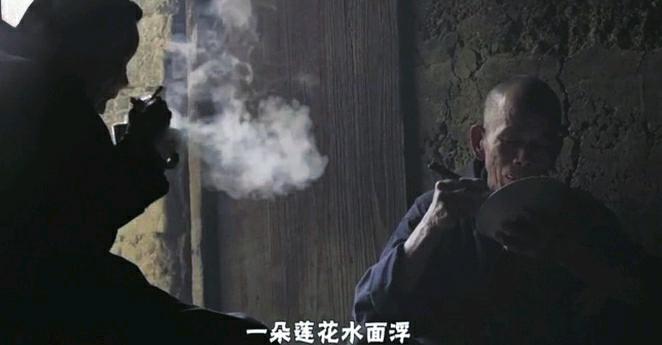The Last Witnesses
2017-09-29ByPanXiaoqiao
By+Pan+Xiaoqiao
Movie director Guo Ke was scrolling through Weibo, the popular Chinese microblogging site, five years ago when something caught his eye. It was a blog about a 92-year-old woman, Wei Shaolan, who was living in Guangxi Zhuang Autonomous Region in southern China. Wei was a survivor of the brutal sex slavery that thousands of women in East Asia were forced into by the invading Japanese during World War II, and what went to Guos heart especially was the tragedy that continued beyond Weis generation.
In 1944, the Japanese arrived in Guidong, Weis village, slaughtering, looting and raping. Wei, then a young nursing mother, tried to fl ee with her baby daughter but was caught and dragged to a “comfort station,” Japans euphemism for the hundreds of prisons set up in East Asia to provide sex slaves for the troops. There, she was brutalized for three months, and her daughter died. When she managed to escape and rejoin her family, she found herself pregnant.
She gave birth to a son, Luo Shanxue, and his suffering has been as intense as his mothers. Shunned and stigmatized by the village because of his Japanese blood, Luo lived the life of a pariah, with his mother as his only companion.
The report made Guo search out the village and begin to document the lives of the mother and son. Though reconciled to his life, Luo couldnt help voice his occasional anguish. “My life is a tragedy because of the Japanese invaders,” he told Guo. “The locals despise me, and when I was young, six women refused to marry me. I am condemned to remain alone because of my Japanese blood.”
The interviews made Guo decide to shoot a documentary on the mother and son. The 43-minute film was called Thirty Two, a reference to the number of Japanese sex slavery survivors alive in China at that time. As he researched the dwindling community in China, he felt a sense of urgency. The average age of the women was around 90, and each year, their number was decreasing. As they were a part of history, it was necessary to record their lives and save them from oblivion.
So in 2014, Guo decided to create a collage of the lives of all the remaining survivors in China, and another documentary, Twenty Two, paid tribute to the community, which had been reduced to 22 at that time.
Twenty Two was released in China on August 14, which is now observed as the International Memorial Day for the Victims of Japanese Military Sexual Slavery. However, by that time the number of recorded survivors had gone down to just eight.endprint
